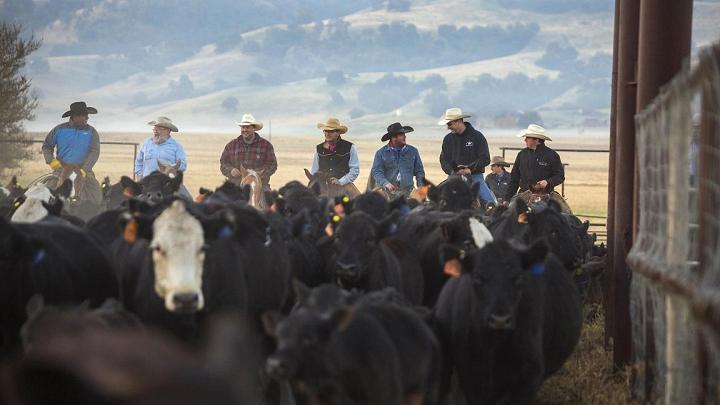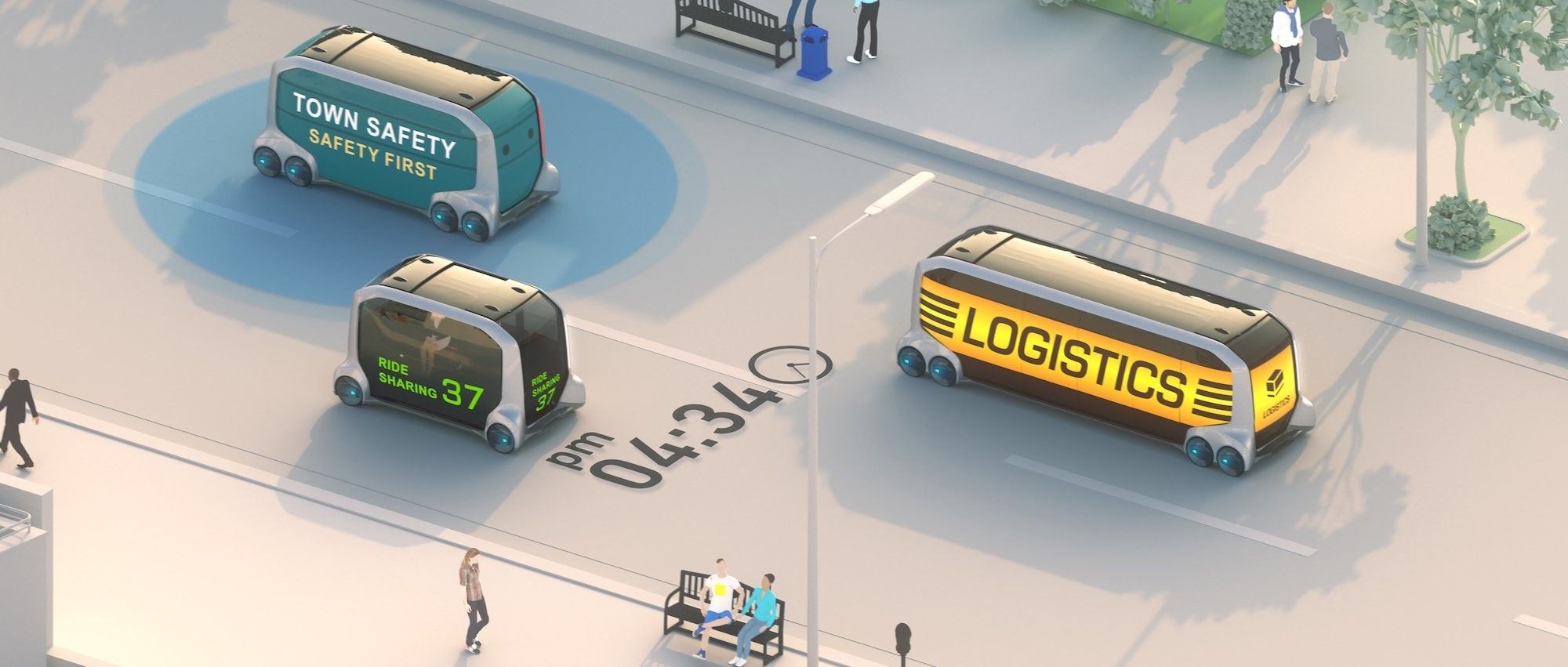https://www.stayingaliveuk.com/podcast/2018/1/0036-ira-s-pas…trepreneur




“The historic Hearst cattle ranch has become a hybrid solar farm for Apple’s Cupertino campus.”

The straight poop on fecal transplants. Scientists think fecal transplants help us live longer, healthier lives.
Quote: “Seres Therapeutics is one of the more promising names in poop.”
Here’s the straight poop on fecal transplants, a new medical procedure which physicians use to treat infections. Geroscientists suspect that fecal transplants could help us live longer, healthier lives by giving us a microbiome upgrade. [This report was originally published on LongevityFacts.com. Author: Brady Hartman]
The human microbiome is an invisible world that is only recently coming into focus. The collection of bacteria that inhabit your body is a delicate ecosystem that can crash as you age, travel, or even take a new medication. When it collapses, it can lead to all sorts of distress.
The Business End Of The Poop Industry
Seres Therapeutics is one of the more promising names in poop. The Cambridge biotech company has been trying to transform medicine by harnessing the billions of bacteria in our intestines.

Oxfam said its figures, which some observers have criticized, showed economic rewards were “increasingly concentrated” at the top. The charity cited tax evasion, the erosion of worker’s rights, cost-cutting and businesses’ influence on policy decisions as reasons for the widening inequality gap.
Just 42 people own the same amount of wealth as the poorest 50 percent worldwide, a new study by global charity Oxfam claimed.



Toyota revealed a self-driving concept vehicle, the e-Palette, at the International Consumer Electronics Show (CES) in Las Vegas on Monday.
The electric, box-shaped vehicle will come in three sizes. The largest will be around the size of a bus and be able to haul freight and make large deliveries, while the smallest will be compact enough to travel on sidewalks. Toyota envisions the e-Palette will serve a variety of potential uses, allowing businesses to deliver goods, transport people, or use the vehicle as a mobile storefront or office.

